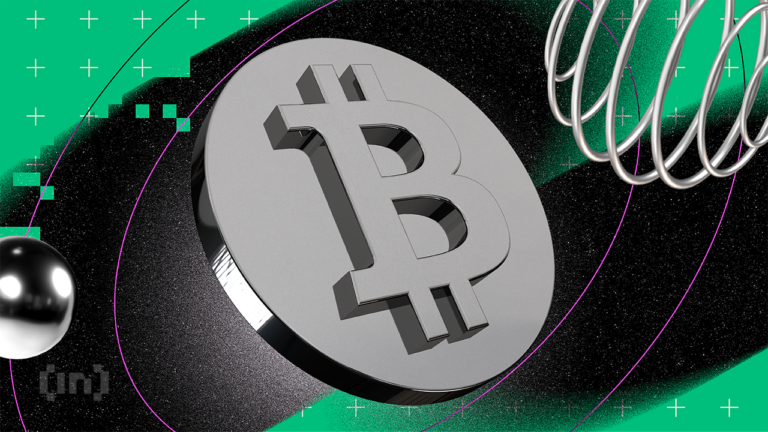Solana’s Inflation Rate Increases After Fee Distribution Change
Understanding Solana’s (SOL) Inflation Increase
Solana, a popular cryptocurrency network known for its high throughput and low transaction fees, recently implemented a new priority fee distribution system on February 12. As a result, the annualized inflation rate for SOL has surged by 30.5%. This change has significant implications for SOL holders and the overall Solana ecosystem.
Prior to the fee distribution change, Solana was burning nearly 18,000 SOL tokens daily. However, with the new system in place, the amount of SOL burned has dramatically decreased to only 1,000 SOL per day. This shift has led to an increase in the overall supply of SOL tokens circulating in the market, ultimately contributing to the rise in the inflation rate.
How Solana’s Inflation Increase Impacts Users
For SOL holders, the increase in inflation means that the purchasing power of their tokens may decrease over time. As more SOL tokens are introduced into the market through inflation, the value of each individual token may be diluted. This could potentially lead to a decrease in the price of SOL and impact the overall profitability of SOL holders.
Additionally, the decrease in the daily burn rate of SOL tokens may also have an effect on the supply-demand dynamics within the Solana ecosystem. With fewer tokens being burned, there is a reduced pressure on the supply side, which could impact the token economics and market dynamics of SOL.
Global Implications of Solana’s Inflation Increase
From a broader perspective, Solana’s inflation increase could impact the global cryptocurrency market. As one of the leading smart contract platforms in the industry, Solana’s policies and decisions can influence the broader market sentiment and trends. The rise in SOL’s inflation rate may lead to a shift in investor behavior and market dynamics, affecting other cryptocurrencies and blockchain projects.
Furthermore, Solana’s inflation increase underscores the importance of governance and decision-making processes within the cryptocurrency ecosystem. The ability to adapt and implement changes to monetary policies can have far-reaching consequences, not only for individual projects but also for the entire crypto space.
Conclusion
The recent inflation increase in Solana’s (SOL) annualized rate highlights the dynamics and challenges of managing monetary policies within the cryptocurrency ecosystem. As SOL holders navigate the impact of the inflation rise on their portfolios, the broader implications of this change may reshape market trends and investor behavior in the global cryptocurrency landscape.





